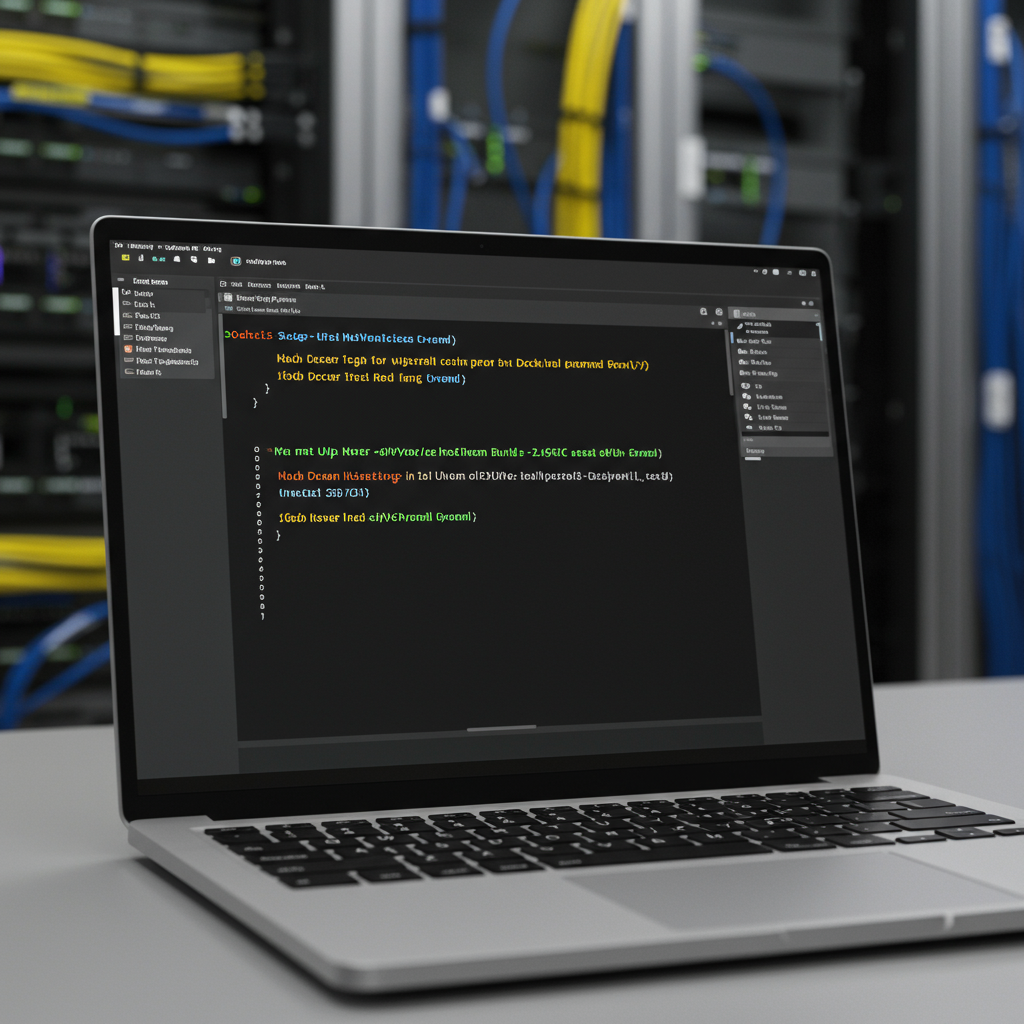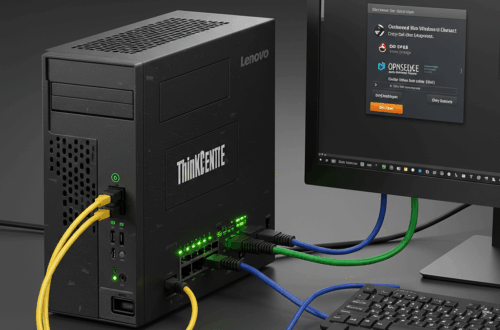Build Reliable Docker Images Offline with htvend
Building Docker images can be tricky. You often rely on pulling dependencies from the internet, which can lead to unexpected issues. What if the connection drops? What if a critical upstream package changes without warning? These problems are amplified in air-gapped environments where internet access is restricted or nonexistent.
htvend offers a solution. This tool helps you build Open Container Initiative (OCI) images, like Docker images, in a more controlled and dependable way, regardless of internet connectivity.
How htvend Works
htvend sets up a local HTTP/HTTPS proxy server. This server acts as a stand-in for external resources. When your Docker build process tries to fetch a dependency, it’s directed to the local proxy instead.
Then, htvend launches your build process (like a docker build command) with environment variables and certificates configured to use the proxy. This effectively redirects all external requests to your local cache.
The beauty of this approach? You can use your existing Dockerfiles without modification. htvend handles the proxy setup behind the scenes.
Building Images Offline with htvend
Here’s a general guide for using htvend:
- Initial Setup: First, populate your local proxy cache. You’ll need to run your build process once with an active internet connection and htvend running. This allows htvend to download all necessary dependencies and store them locally.
- Offline Build: Now, disconnect from the internet (or simulate an air-gapped environment). Run your build process again, using htvend. This time, all dependencies are fetched from the local cache.
- Updating the Cache: When you eventually need to update your dependencies, simply reconnect to the internet and repeat the initial setup process. This refreshes your local cache.
Benefits of Using htvend
Using htvend offers a handful of advantages:
- Reproducibility: htvend ensures consistent builds, eliminating variability caused by upstream changes.
- Offline Functionality: Build images in environments without internet access.
- Security: Reduce the risk of incorporating untrusted dependencies from the public internet, especially valuable in secure environments.
- Speed: Once the cache is populated, builds can be significantly faster since dependencies are retrieved locally.
Considerations and Future Developments
While htvend is a valuable tool, there are certain aspects to keep in mind.
- Cache Management: The local cache can grow large over time. Developing strategies to manage and prune the cache will be important for long-term usage.
- Integration with CI/CD: Automating htvend’s usage within continuous integration and continuous delivery pipelines will enhance its utility.
htvend is under active development and we can expect more improvements over time which will give you greater control over your Docker image builds.






